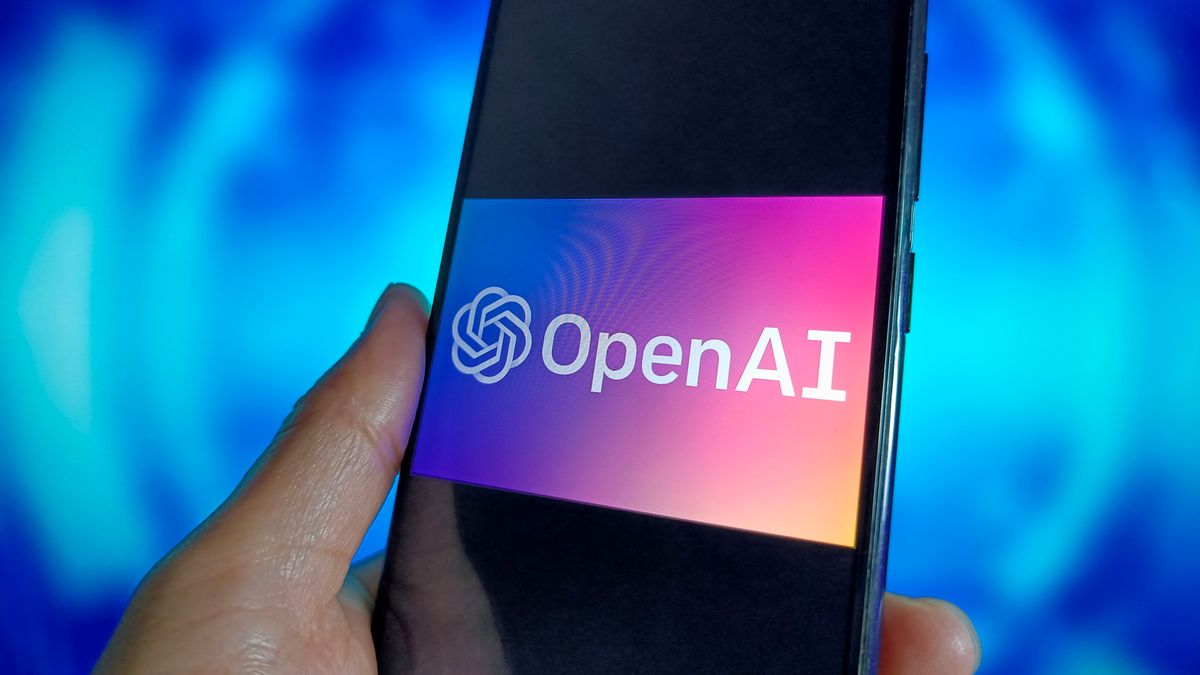For a long time, the default response to address changing market dynamics, disruptions and customer demands has been digital transformation (DX). But while some of these efforts have led to increased efficiency and productivity, numerous mistakes have also been made along the way. Many companies are struggling to come to fruition, and data from an IDC InfoBrief sponsored by Endava shows that half of DX projects undertaken over the past year failed to achieve expected results and objectives. Added to this are the significant financial implications of failures, with 59% of organizations believing that investments in DX projects have been wasted.
These disappointing results are astonishing when most of those organizations are considered digital.
When we dig deeper into the knock-on effect of failed initiatives, the very real human impact also becomes clear. It's not just companies' time to market and their digital maturity that is affected; Failures have also resulted in frustrated staff (56%), employees leaving the business (50%) and a less exciting and stimulating work environment for teams (44%). All of this adds pressure to already struggling businesses in a difficult economy and points to an urgent need to change approach. To put it bluntly, companies must stop wasting time and effort and start putting people at the center of their strategies.
Invest in people for the best results
Too often, DX approaches have not focused on what matters: the employees using those technologies. After all, they are the ones who ultimately add value and who are tasked with making digital initiatives achieve the desired business results. However, when digital solutions are built in silos without truly considering how people interact with them, their potential is stunted and employees lose their engagement.
Recent data confirms this notion that business leaders have vastly underestimated the importance of employee buy-in, as it was cited as one of the main reasons DX initiatives failed in IDC findings. Similarly, lack of collaboration between different departments in an organization and conflicting views from management were also cited as main reasons, revealing that digitalization efforts are not only counterproductive because the tools do not strike a chord with people, but they also fail to adapt to the internal dynamics of the team. Without a strong sense of collaboration and communication, problems with digital projects are amplified and stakeholders become disengaged.
However, while it is clear that an employee-centric approach is the missing ingredient for success, this cannot be an afterthought. Companies must actively involve employees in every stage of digitalization, from planning to design, implementation and continuous improvements. This requires a real understanding of the needs of all employees across the company, as well as equipping them with the training and skills necessary to manage the tools effectively and feel empowered by them.
The same IDC InfoBrief also found that companies recognized gaps in staff training and collaboration, and expressed that wasted investment in DX would have been better spent elsewhere, including improving staff skills and internal communication. However, digital transformation and upskilling do not have to be mutually exclusive; rather, training should be an integral part of the management and continuous improvement of DX initiatives.
Adopting this human-centric mindset from the beginning will not only prevent wasted investments by allowing people to benefit from technologies, but will also embed innovation and creativity into the organization's culture. This is because creating a constant practice of knowledge sharing allows employees to participate in the success of technologies and, at the same time, allows them to detect ways to improve solutions as the environment and market around them They inevitably evolve. It is the diverse skills and perspectives of employees that bring technologies to life.
Your technology is as good as your people
With growing concerns around the advancement of AI and the associated potential risks, as well as the power dynamic shifting from employer to employee, the need for a human-centric approach to implementing technology will only intensify. For example, employees will be instrumental in ensuring that tools like generative AI are used responsibly to prevent inaccuracies and biases from being perpetuated within models. As such, fostering engagement with digital solutions also means creating a workplace where people can actively spot problems and think strategically about how to best use those solutions, rather than passively accepting their results.
By leveraging human qualities such as creativity and critical thinking alongside digital solutions, businesses will be able to create the foundation for true resilience. It's an approach that ultimately supports more satisfying and engaging work for employees, in turn supporting talent acquisition and retention efforts. You can have the most sophisticated new technologies and innovations, but if you don't invest in your people and prioritize employee buy-in, you're burning money.
We have listed the best HR software.
This article was produced as part of TechRadarPro's Expert Insights channel, where we feature the best and brightest minds in today's tech industry. The views expressed here are those of the author and are not necessarily those of TechRadarPro or Future plc. If you are interested in contributing, find out more here:









